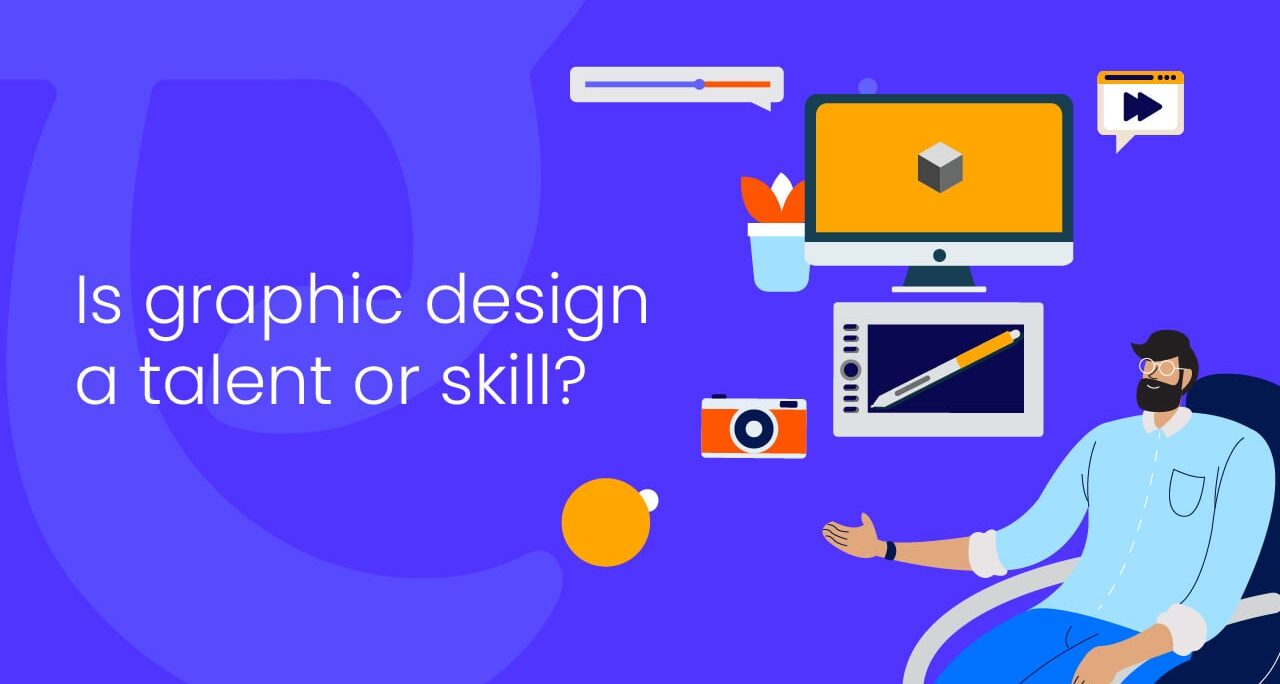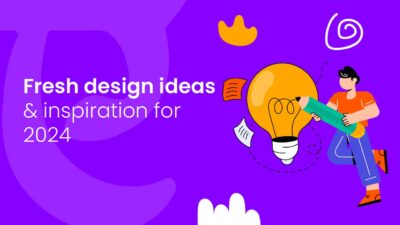Graphic design as a talent
Graphic design is often perceived as a talent, an innate ability that some individuals possess from a young age. Those with a natural flair for aesthetics, creativity, and a keen eye for visual composition are seen as having a talent for graphic design. These individuals may effortlessly translate their ideas into visually appealing designs without formal training. While skills can be honed through education and practice, the raw talent for graphic design is thought to be a unique and intrinsic quality that sets certain individuals apart in the field.
Graphic design as a skill
Contrary to the notion of graphic design as solely a talent, many argue that it is primarily a skill that can be acquired and developed through learning and practice. Graphic design involves mastering various tools, software, and design principles, all of which can be taught and cultivated over time. Education, training programs, and hands-on experience contribute significantly to the development of graphic design skills. In this view, anyone willing to invest time and effort can acquire proficiency in graphic design, emphasizing the role of dedication and training over inherent talent.
Design is not just what it looks like and feels like. Design is how it works.
Steve Jobs
Creative approach to every project
- Understanding the Purpose and Audience:
Before diving into the creative process, it’s crucial to thoroughly understand the purpose of the project and the target audience. Whether it’s a graphic design project, a marketing campaign, or a product development initiative, aligning creativity with the goals and expectations is foundational. - Embracing Diverse Perspectives:
Creativity thrives on diversity. Encouraging collaboration and incorporating different perspectives can lead to a richer pool of ideas. Whether it’s a multidisciplinary team or seeking input from various stakeholders, diverse viewpoints often spark innovative solutions that might not emerge in a more homogeneous environment. - Research and Inspiration:
A creative approach involves extensive research and drawing inspiration from various sources. This could include studying industry trends, understanding cultural nuances, or exploring unconventional ideas. Research not only informs the design process but also serves as a wellspring for fresh and imaginative concepts. - Iterative Process:
Creativity flourishes in an iterative environment. Being open to experimentation and refining ideas through multiple iterations allows for the exploration of different possibilities. This iterative process not only hones the final outcome but also encourages a culture of continuous improvement. - User-Centric Design:
Prioritizing the end user is a fundamental aspect of a creative approach. Designing with the user in mind ensures that the final product or solution is not only aesthetically pleasing but also functional and user-friendly. This user-centric focus often leads to more meaningful and impactful outcomes. - Risk-Taking and Resilience:
Creativity involves taking risks and being resilient in the face of challenges. Not every idea will work perfectly, but embracing failure as part of the creative process can lead to breakthroughs and unexpected successes. Encouraging a culture that values experimentation and learning from setbacks fosters a more innovative environment. - Storytelling and Emotional Connection:
Infusing storytelling into projects creates a narrative that resonates with the audience. Whether it’s a brand story, a marketing campaign, or a design project, connecting emotionally with the audience enhances the impact and memorability of the project. - Adapting to Technology:
The creative landscape is continually evolving with technological advancements. Embracing new tools and technologies expands the possibilities for creative expression. Staying informed about emerging technologies ensures that the creative approach remains relevant and cutting-edge.
Conclusion
In essence, a creative approach is not a one-size-fits-all concept; it’s a dynamic and adaptive way of thinking that evolves with each project. By fostering a creative mindset and incorporating these principles, projects can transcend the ordinary, delivering innovative and impactful results.





